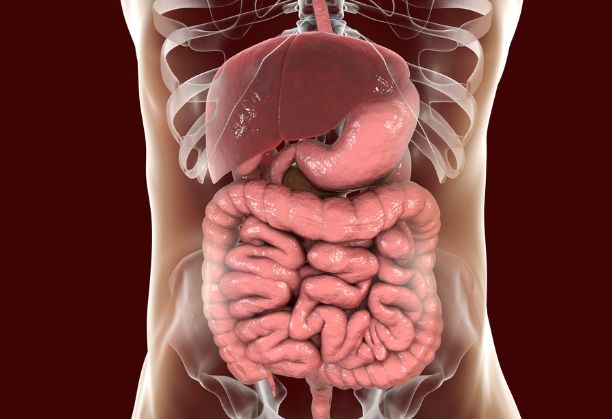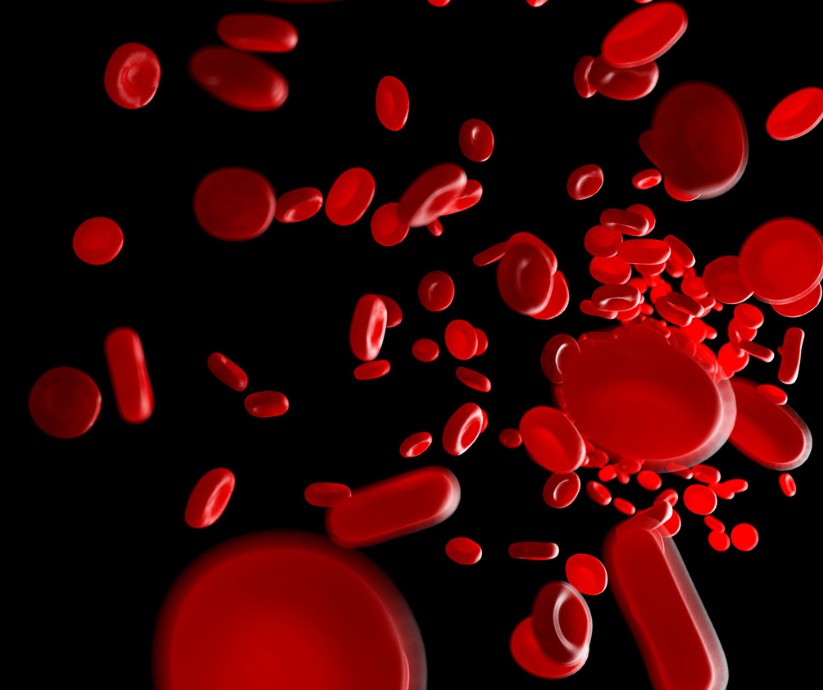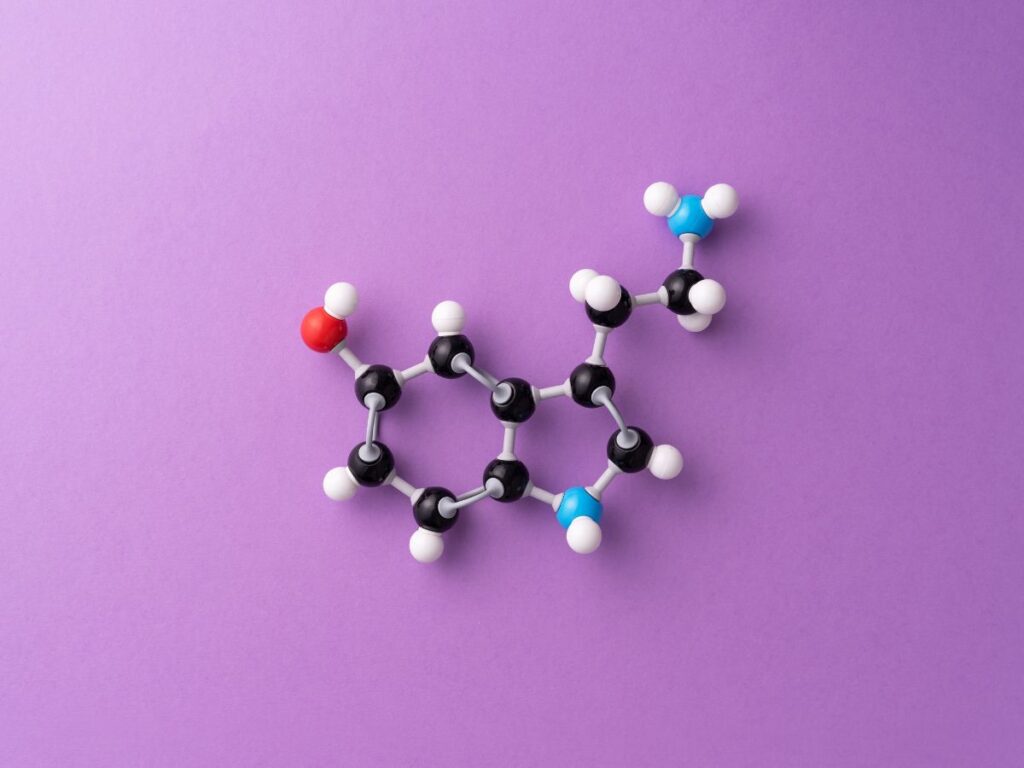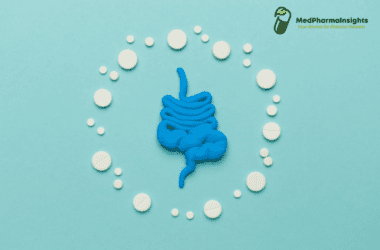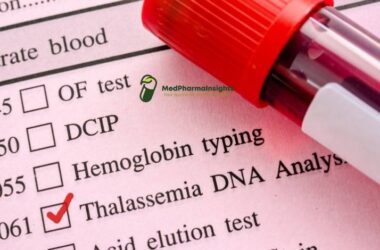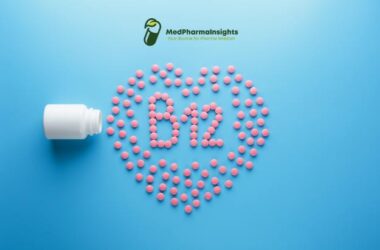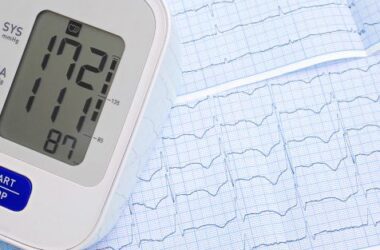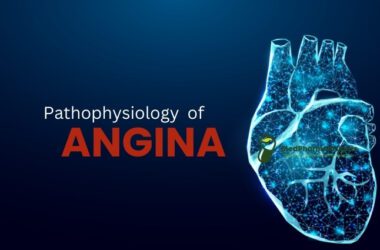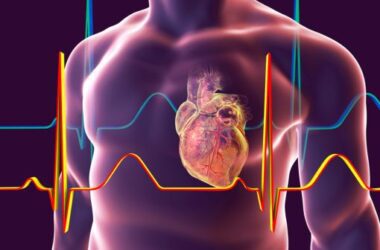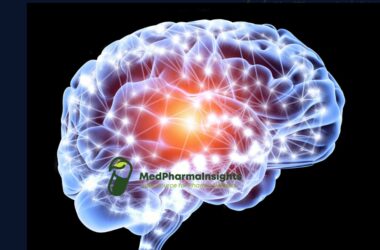Stroke, often referred to as a “brain attack,” is a medical emergency that requires immediate attention. In this blog, we will explore the critical aspects of stroke, including its causes, symptoms, and strategies for prevention.
What Is a Stroke?
A stroke occurs when there is a disruption in the blood supply to the brain. This can happen in two main ways:
1. Ischemic Stroke: This is the most common type of stroke, accounting for approximately 87% of cases. It occurs when a blood clot blocks an artery or a blood vessel supplying the brain. The lack of blood and oxygen can lead to damage to brain cells.
2. Hemorrhagic Stroke: In this type of stroke, a blood vessel in the brain ruptures or leaks, causing bleeding into or around the brain. This can put pressure on the brain and damage surrounding tissues.
Pathophysiology


1. Ischemic Stroke Pathophysiology
Ischemic strokes, which account for the majority of stroke cases, are primarily caused by a blockage in a blood vessel supplying the brain. Here’s the step-by-step pathophysiology of ischemic strokes:
A. Atherosclerosis and Plaque Formation:
The process often begins with atherosclerosis, the buildup of fatty deposits (plaques) in the arteries. Plaques can rupture or break open, triggering the formation of blood clots.
B. Thrombosis or Embolism:
Thrombotic Stroke: The blood clot (thrombus) forms at the site of plaque buildup in a cerebral artery, reducing or completely blocking blood flow.
Embolic Stroke: The blood clot (embolus) forms elsewhere in the body, often in the heart, and travels through the bloodstream until it becomes lodged in a smaller cerebral artery, blocking blood flow.
C. Cerebral Ischemia:
Reduced Blood Flow: As the blood clot obstructs the cerebral artery, blood flow to that part of the brain diminishes.
Oxygen and Nutrient Deprivation: Brain cells in the affected area are deprived of oxygen and nutrients.
Cellular Damage: Without oxygen, brain cells begin to die within minutes.
2. Hemorrhagic Stroke Pathophysiology
Hemorrhagic strokes are less common but often more severe, occurring when a blood vessel in the brain ruptures or leaks. Here’s how the pathophysiology of a hemorrhagic stroke unfolds:
A. Aneurysm Formation:
Weakness in the Blood Vessel: The walls of a cerebral artery weaken, leading to the formation of a balloon-like bulge called an aneurysm.
B. Aneurysm Rupture:
Aneurysm Weakness: The aneurysm wall becomes so thin that it ruptures, causing bleeding in or around the brain.
C. Increased Intracranial Pressure:
Blood Accumulation: Blood accumulates in the brain, causing increased pressure on surrounding brain tissue.
Compression of Brain Structures: Elevated intracranial pressure can compress brain structures, leading to neurological symptoms.
D. Direct Tissue Damage:
The presence of blood in the brain can directly damage brain tissue, causing brain cells to die.
E. Vasospasm:
To compensate for bleeding, blood vessels in the area may constrict, reducing blood flow to surrounding brain tissue and potentially causing additional damage.
Causes or Etiology of Stroke
A. Risk Factors:
- High Blood Pressure: Uncontrolled hypertension is the leading cause of stroke.
- Smoking: Smoking increases the risk of both ischemic and hemorrhagic strokes.
- Diabetes: Poorly managed diabetes can damage blood vessels and increase stroke risk.
- High Cholesterol: Elevated cholesterol levels can lead to the formation of plaques in blood vessels, increasing the risk of blockages.
- Obesity: Excess weight can contribute to other risk factors, including hypertension and diabetes.
B. Lifestyle Factors:
- Unhealthy Diet: A diet high in saturated and trans fats, salt, and low in fruits and vegetables can increase stroke risk.
- Physical Inactivity: Lack of regular exercise is associated with various risk factors, including obesity and high blood pressure.
- Excessive Alcohol Consumption: Heavy drinking can lead to hypertension and contribute to stroke risk.
Recognizing the Symptoms of Stroke


The acronym FAST is a simple way to remember the common signs of a stroke:
F – Face Drooping: One side of the face may droop or become numb.
A – Arm Weakness: One arm may become weak or numb and may drift downward when raised.
S – Speech Difficulty: Speech may be slurred, and the person might have trouble speaking or understanding speech.
T – Time to Call 911: If you observe any of these signs, it’s crucial to call 911 immediately.
Prevention and Risk Reduction
A. Lifestyle Changes
- Healthy Diet: Adopt a diet rich in fruits, vegetables, whole grains, and lean proteins. Limit salt and saturated fats.
- Regular Exercise: Aim for at least 150 minutes of moderate-intensity exercise per week.
- Smoking Cessation: Quit smoking to reduce your stroke risk significantly.
B. Medication:
- Blood Pressure Control: Regular monitoring and management of hypertension are crucial.
- Diabetes Management: Keep blood sugar levels within the target range.
- Cholesterol Control: Medications or lifestyle changes can help manage high cholesterol.
- Antiplatelet Medications: These medications reduce the risk of blood clots and are often prescribed for those at risk of ischemic stroke.
- Anticoagulants: These medications help prevent blood clots in certain conditions and are used for specific stroke prevention cases.


